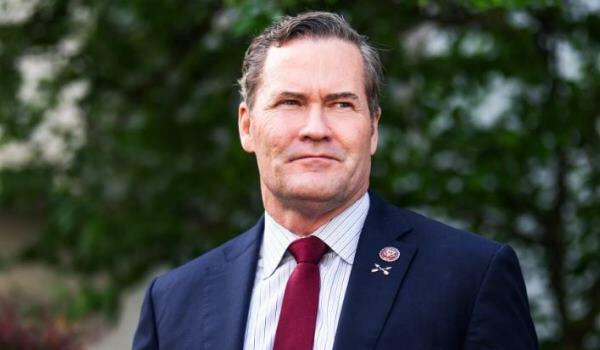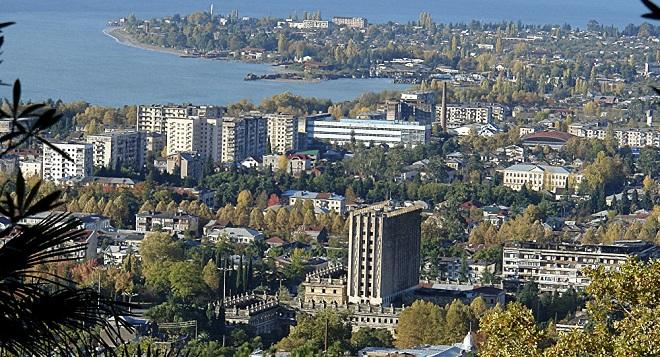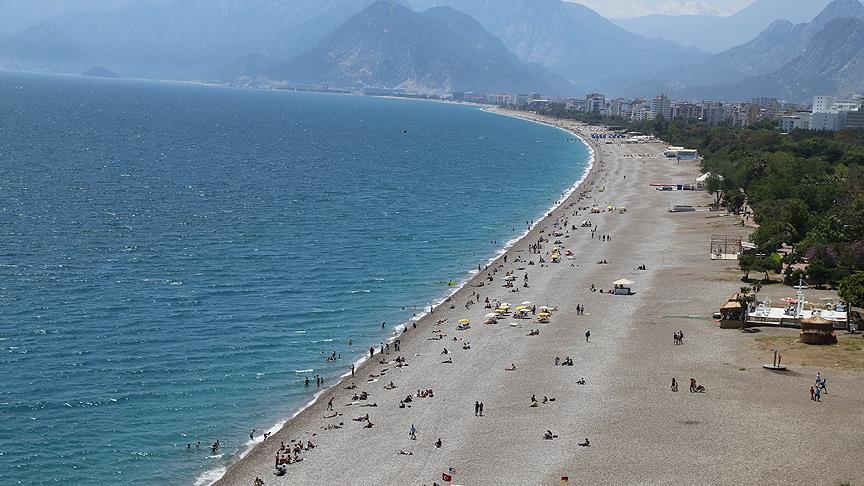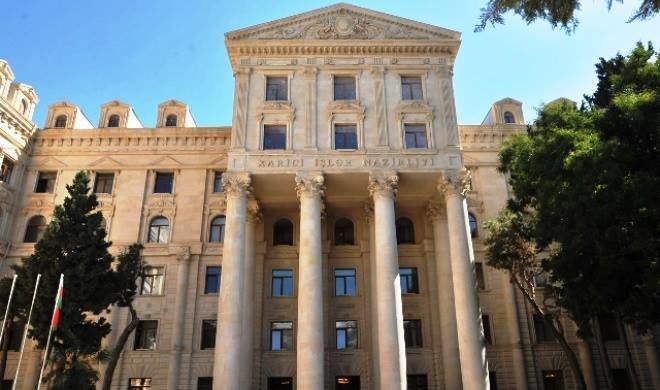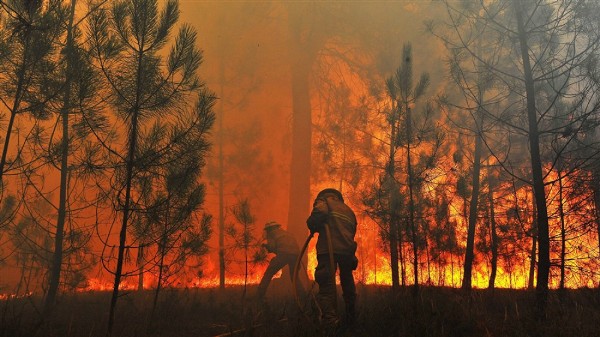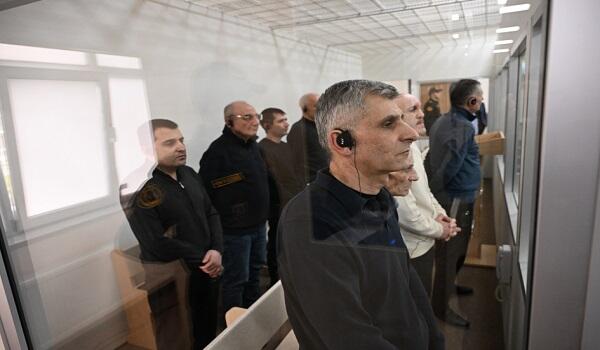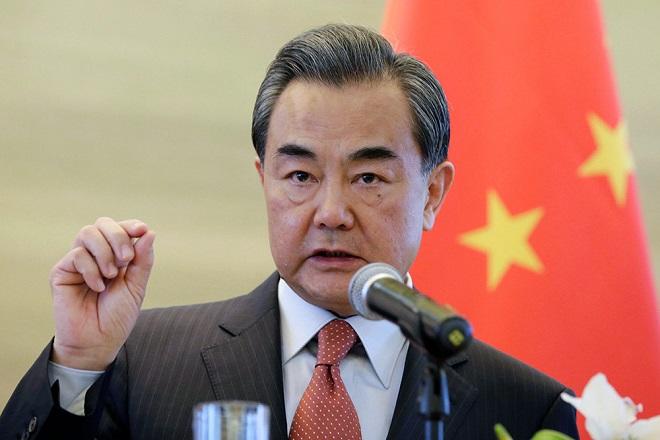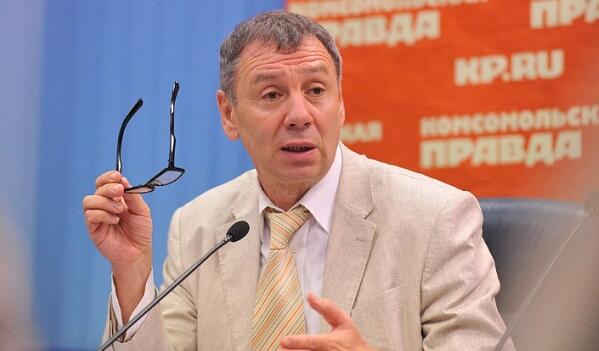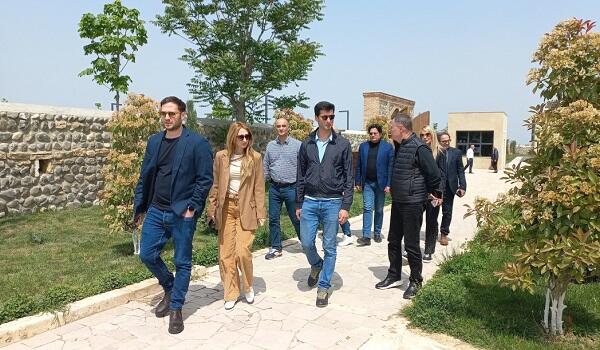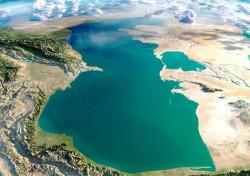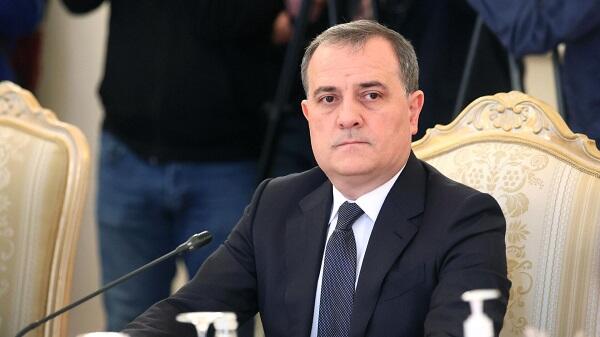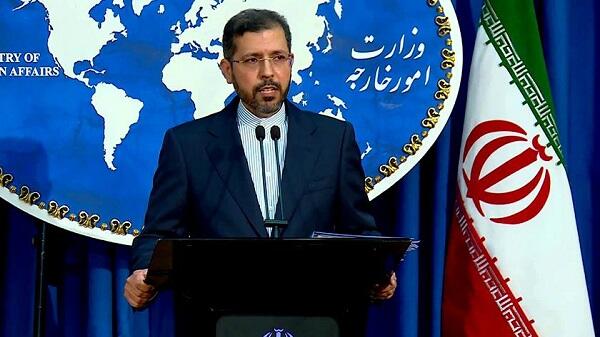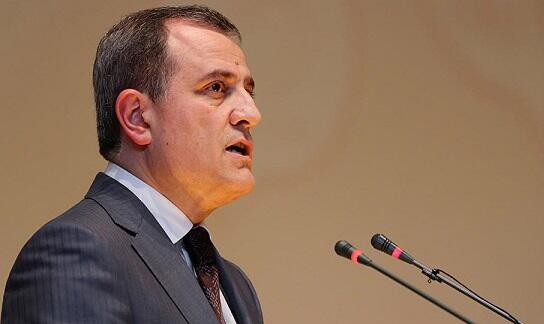On May 1, 2025, Ukraine and the United States signed a significant deal granting the U.S. preferential access to Ukrainian critical minerals and supporting investment in Ukraine’s reconstruction.
Axar.az reports the agreement was signed in Washington by U.S. Treasury Secretary Scott Bessent and Ukrainian First Deputy Prime Minister Yulia Svyrydenko.
Promoted by President Donald Trump, the deal establishes a joint investment fund and symbolizes the administration's commitment to a "free, sovereign, prosperous Ukraine."
But what are the rare earths and their use?
Ukraine holds deposits of 22 out of the 34 minerals classified as critical by the European Union. These include rare earth elements like lanthanum, cerium, neodymium, erbium, and yttrium—used in a wide array of technologies including electric vehicles, wind turbines, lasers, and nuclear power. The country also has reserves of scandium, lithium, titanium, graphite, nickel, and beryllium. Ukraine’s graphite reserves represent about 20% of global resources, while its lithium deposits are estimated at 500,000 metric tons, some of the largest in Europe.
Despite its potential, Ukraine currently has no commercially operational rare earth mines. Many of its mineral-rich territories, especially coal and metal reserves in the east and southeast, are under Russian occupation due to the ongoing war. Around 40% of Ukraine’s metal resources are estimated to be in these occupied zones, including two major lithium deposits.
What do we know about the deal so far?
According to the agreement, Ukraine maintains control over its subsoil and chooses what and where to extract. Svyrydenko emphasized that the deal does not create debt obligations for Ukraine and aligns with the country's constitutional and EU integration frameworks. While it includes U.S. contributions to reconstruction and possibly air defense systems, it stops short of offering explicit security guarantees.
The Ukrainian government is working on further deals with Western allies such as the U.S., U.K., France, and Italy. It estimates that developing its critical minerals sector could attract $12–15 billion in investment by 2033. However, challenges remain, including complex regulations, difficulty accessing geological data, and the need for major upfront investment and infrastructure improvements.
The State Geological Service is preparing around 100 sites for joint licensing and development, though specific details have not yet been released.







